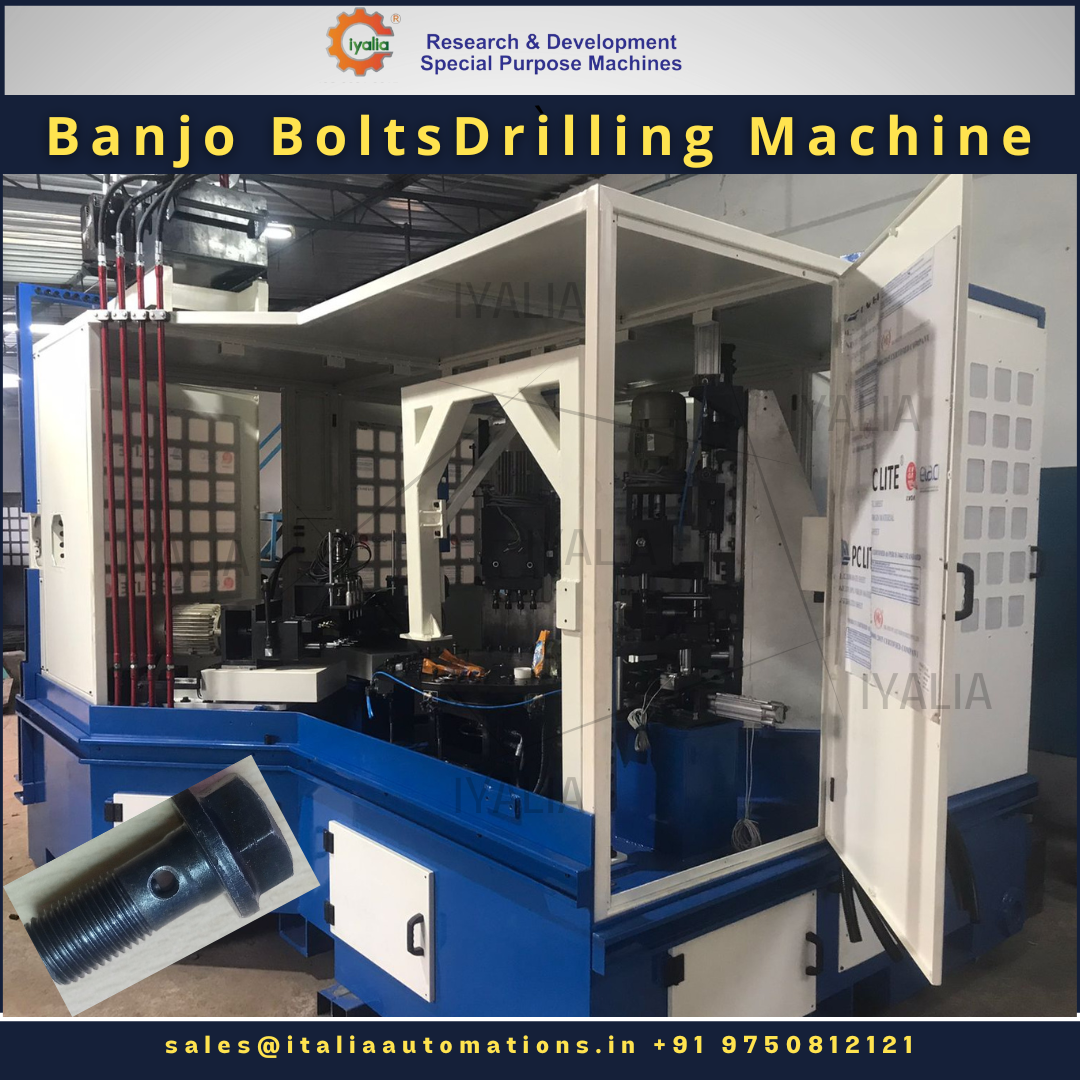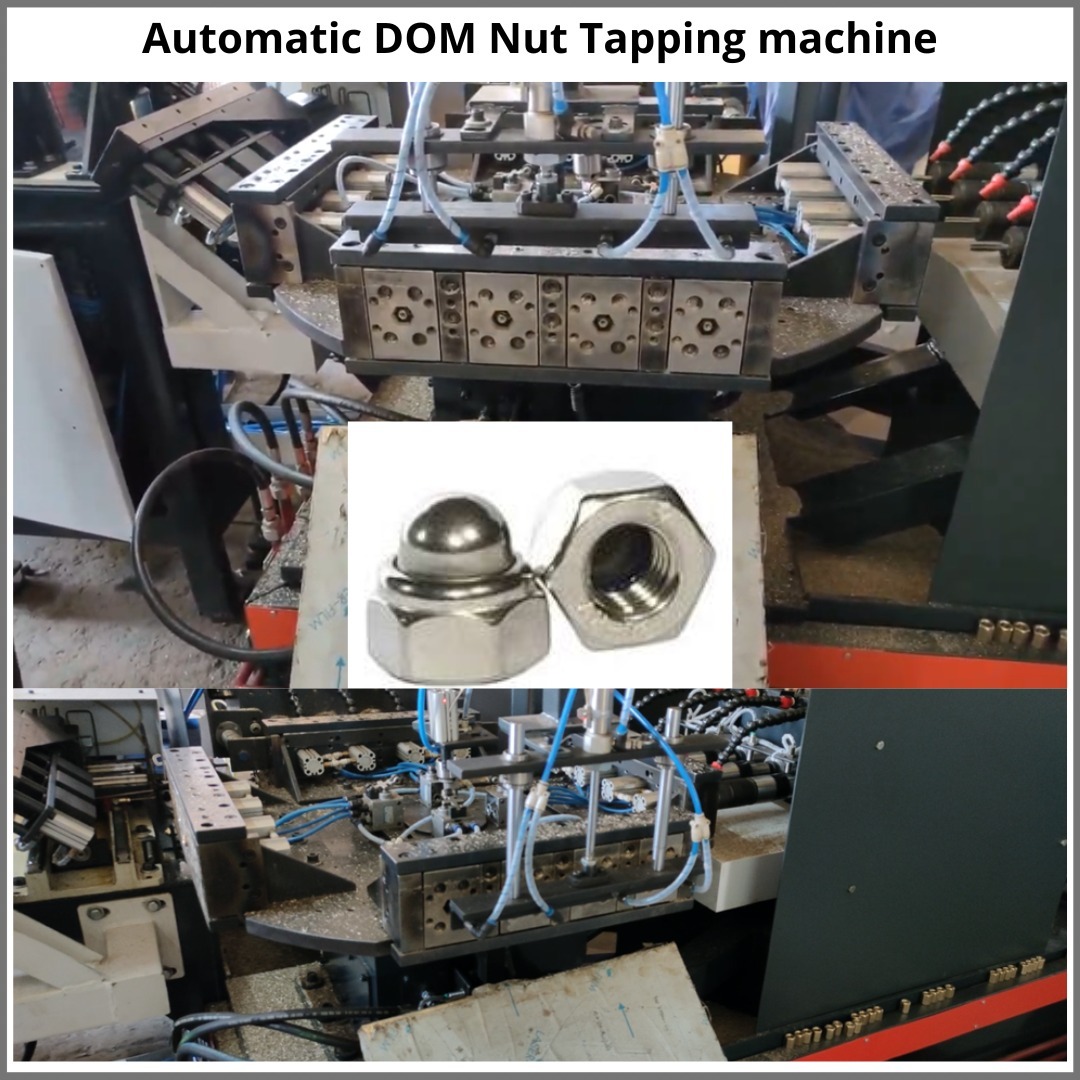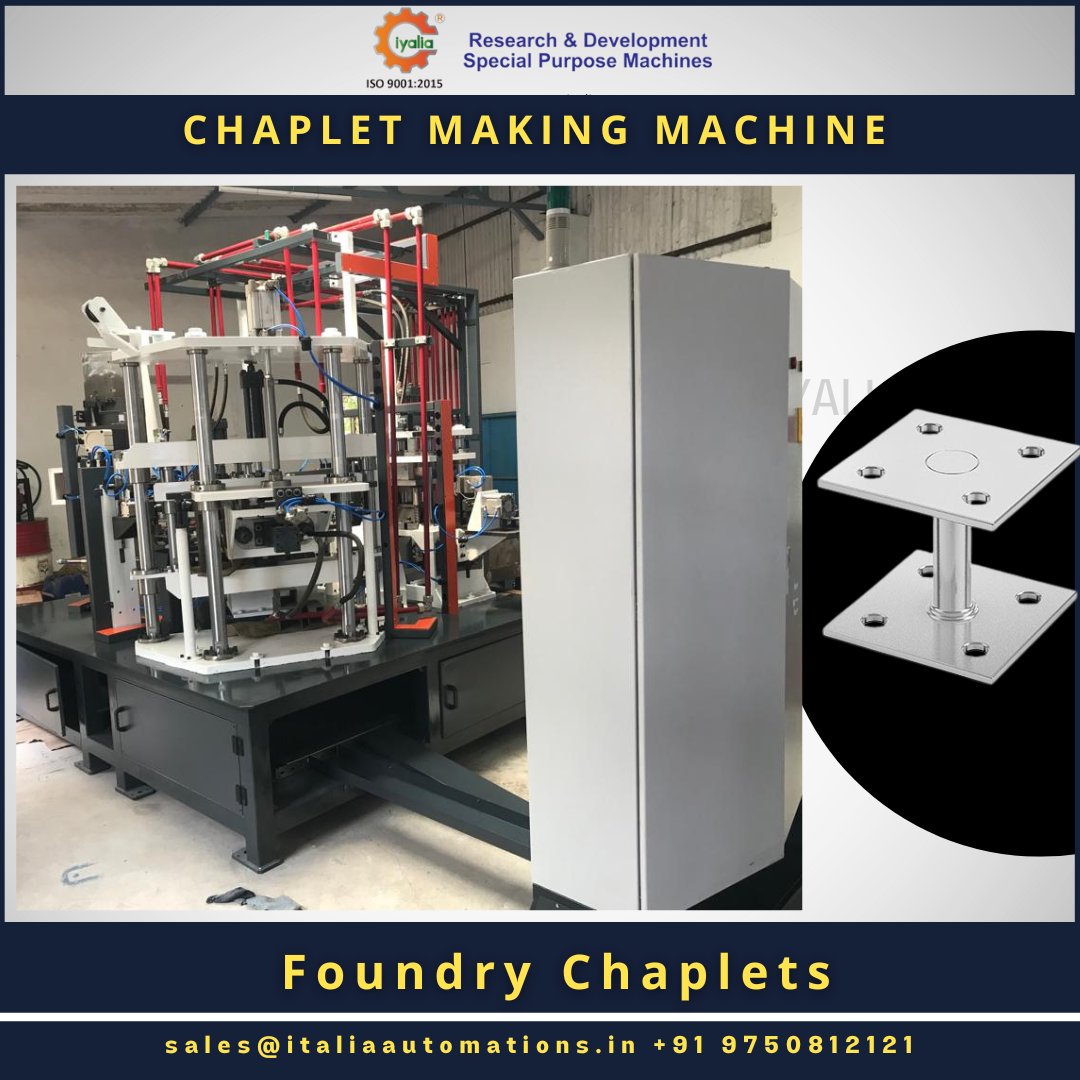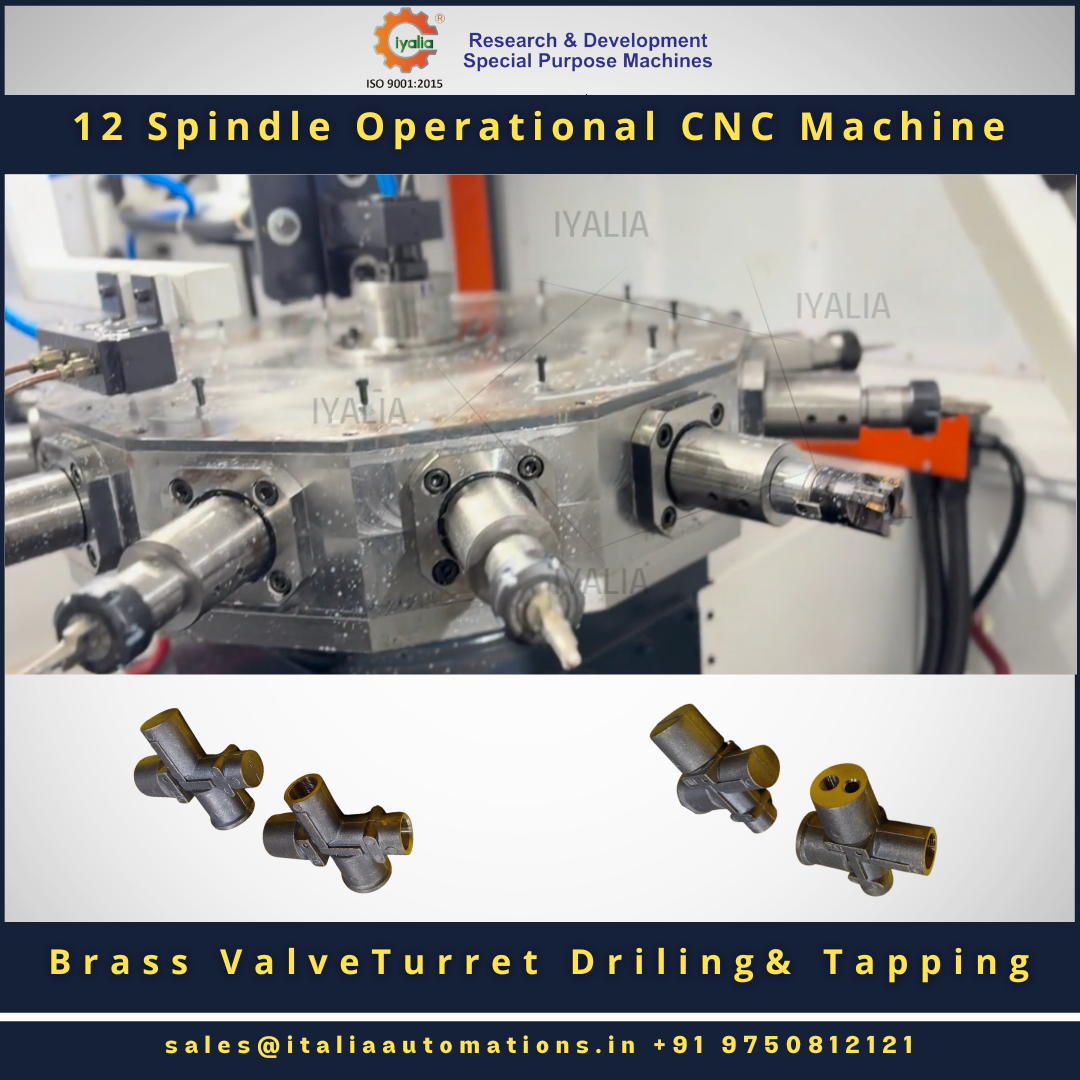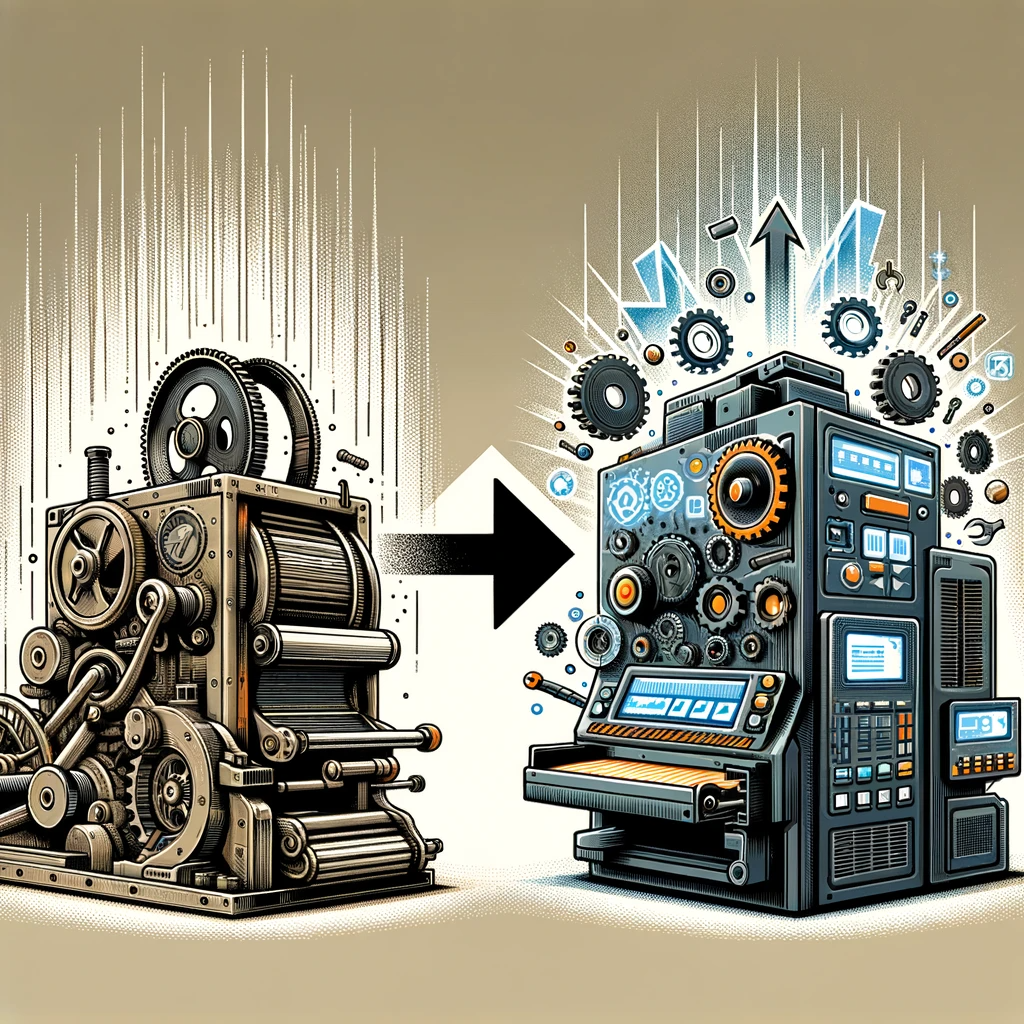
Older equipment in a business can lead to a range of problems that can negatively impact productivity and profitability. Aging machines can slow down the production process, making it difficult to meet customer demands effectively. Frequent breakdowns can result in high maintenance costs, reduced profits, and delayed production. This can harm a business's reputation, which can be challenging to recover from.
Older equipment often comes with issues that can significantly impact business performance. For instance, frequent breakdowns can lead to costly repairs that can slow down production or even bring it to a halt. Aging machines can also lead to quality issues, requiring rework or producing defective goods that can harm the bottom line.
Additionally, older equipment often lacks automation and requires manual inputs that are slow and prone to errors. This can lead to reduced productivity, which can negatively impact a business's profitability. These problems can translate to reduced profits and a loss of competitiveness in the market. Constant repairs increase downtime, leading to production delays. Subpar quality affects customer satisfaction, while labor-intensive processes prevent the team from focusing on strategic tasks.
Investing in better equipment can help avoid these pitfalls and stay competitive. Upgrading to new, efficient equipment can reduce maintenance costs, improve quality, and automate processes. Newer machines often come with predictive maintenance features that identify problems early, while advanced precision technology ensures consistency in every product. Automation speeds up production, reduces the likelihood of human errors, and frees up the team to focus on strategic tasks.
Investing in better equipment can not only help save money but also improve productivity and quality. With better equipment, businesses can meet customer demands faster, produce high-quality goods, and ultimately increase profitability.
Keywords
halt
loss
team
range
money
market
rework
downtime
instance
problems
pitfalls
Upgrading
reputation
businesses
automation
likelihood
consistency
bottom line
human errors
manual inputs
profitability
Newer machines
Subpar quality
Aging machines
costly repairs
quality issues
Older equipment
competitiveness
defective goods
reduced profits
strategic tasks
Constant repairs
better equipment
customer demands
production delays
production process
high-quality goods
Frequent breakdowns
reduced productivity
business performance
customer satisfaction
high maintenance costs
new, efficient equipment
labor-intensive processes
advanced precision technology
predictive maintenance features
